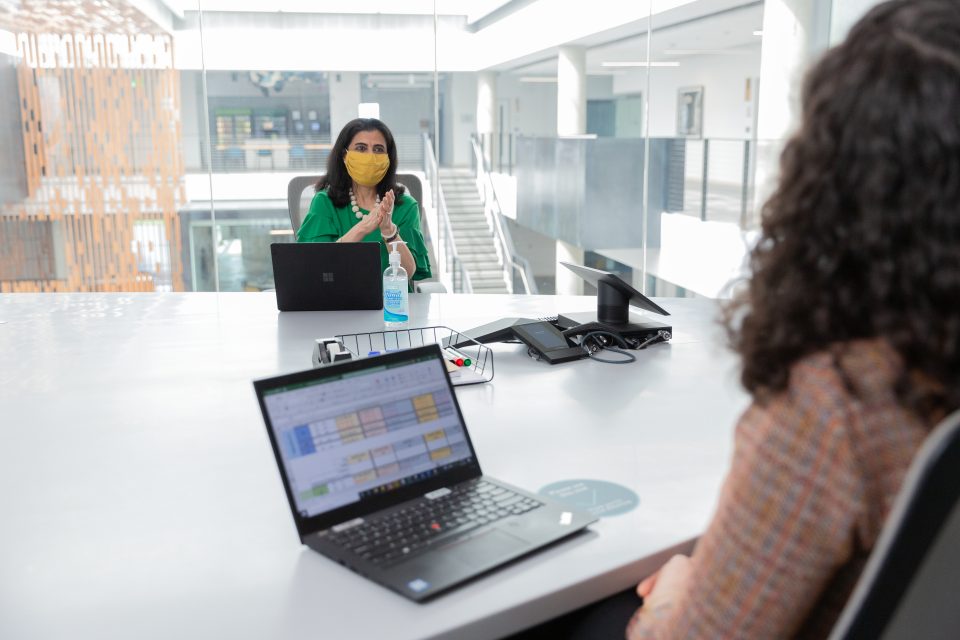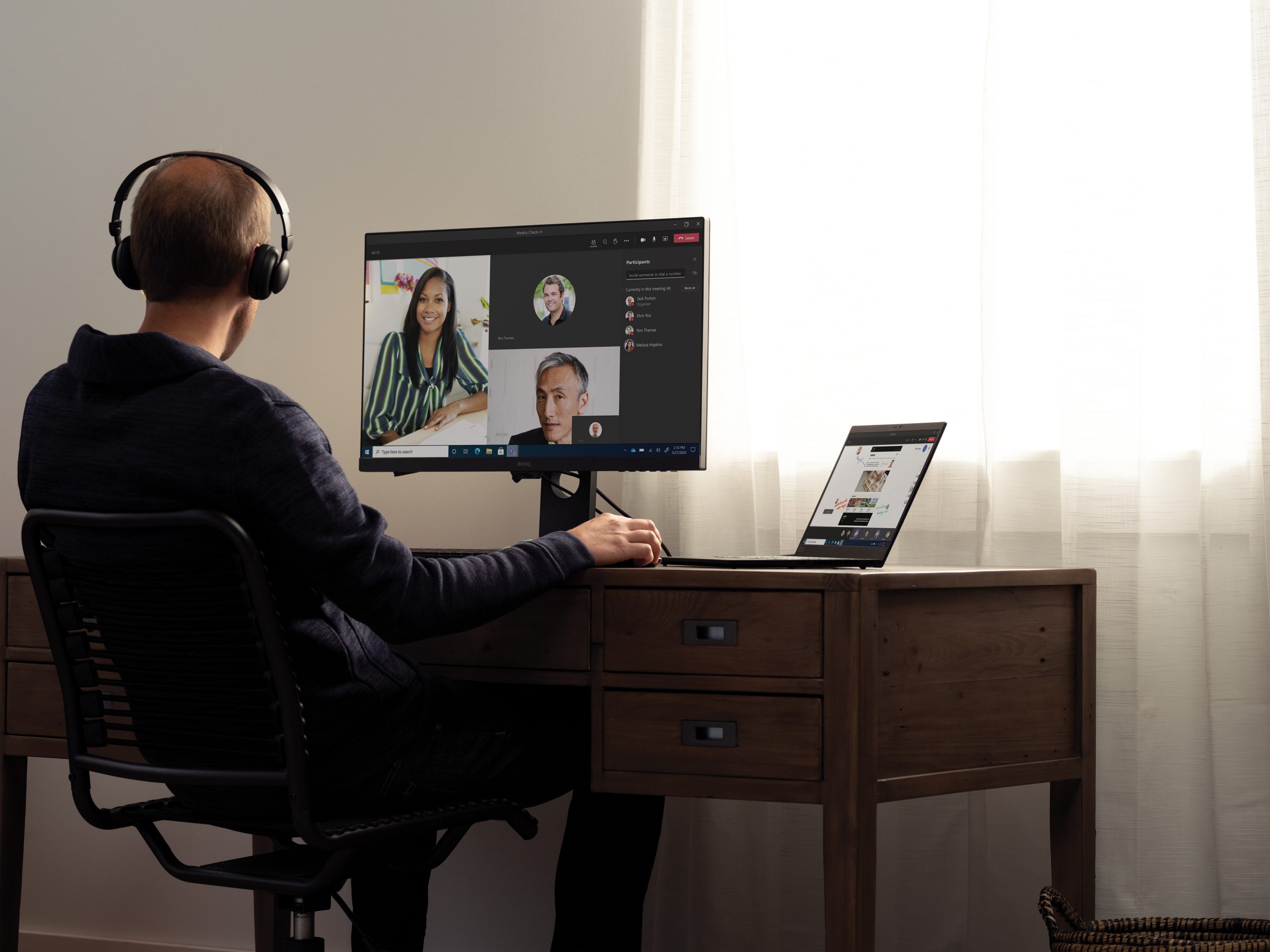 By Ahmed Mazhari, President, Microsoft Asia.
By Ahmed Mazhari, President, Microsoft Asia.
Remote working has kept many businesses and economies going through the pandemic. Some have even grown and expanded. But at what cost to employee morale, wellbeing and commitment?
Microsoft’s 2021 Work Trend Index surveyed workers across the world and came up with some disturbing data from our region. It found that 54% of employees in Asia felt overworked and 38% felt exhausted after more than a year away from the workplace. And almost half of Asia’s workforce was likely to consider changing employers, while an even greater proportion was mulling over a complete career change.
As the economic sting of the pandemic lingers and digital exhaustion increases, there’s a lot at stake for business leaders. With competition for global talent intensifying, remote work has created new challenges around leadership, employee engagement, and talent management.
Asia was the first to feel the pandemic’s impact, and now we are the first to move into a hybrid workplace. We have the opportunity to redefine how we work and how we create a better work-life balance.
An inclusive culture: the new workplace imperative
Work as we knew it will never be the same. Business leaders must now shape a corporate culture that puts their people at the center of their hybrid work strategy. They need to build a culture of inclusion that fosters a sense of belonging; embraces diversity in all its incarnations; prioritizes clear and authentic communication, and creates an environment where employees feel they are meaningfully contributing, listened to, and appreciated.
At Microsoft, we are fostering this culture in multiple ways. We encourage a growth mindset that starts with a belief that everyone can grow and develop; that potential is nurtured, not pre-determined. As leaders, we also adopt a “Model, Coach, Care” approach, which grounds us in active role modeling and enables us to better develop employees.
These approaches naturally support an inclusive culture, one where we are open to learning about our own biases and changing our behaviors, so we can tap into the collective power of every employee. We don’t just value differences, we seek them out. And as a result, our ideas are better, our products are better, and our customers are better served.
This is something for all organizations to consider. The pandemic allows for a reset; it gives everyone an opportunity to shape their culture so that they create a sense of purpose for employees in the emerging hybrid work environment. Elements of an inclusive culture include establishing multiple pathways for growth, shaping collaborative workspaces, reviewing team dynamics, and prioritizing leadership and people management initiatives.
Engaging employees through flexible work
Just as employees took time to transition to remote work a year ago, many will take time to re-adjust to office settings. The Work Trends Index found that 74% of workers in Asia want flexible remote work options to continue, while 67% crave more in-person time with their teams.
Our research shows that flexibility has three key dimensions: collaboration, learning and wellness. Consider encouraging experimentation – whether that’s shorter meetings, trialing flexible start times around core office hours, or finding the right balance between working in the office and from home. Relooking at the workspace and investing in spaces and technology that are geared for hybrid working can also encourage new ways of collaboration. It could also include supporting continuous learning with opportunities to upskill people across the organization.
Re-energizing work with wellness
It is important for leaders to be aware of the risks of digital exhaustion. Remote work has tilted the balance of work and life for everyone. It’s on us to ensure employees feel both engaged and also able to disconnect for meaningful downtime.
We also need to lead by example – “unplugging” after hours to help encourage our teams to do the same. Finding ways to optimize the workloads of teams where possible and re-balancing work with time off is key. This can be achieved by being clear on team priorities, triaging what’s most important and by offering support for mental and emotional wellbeing through authentic check-ins.
For us at Microsoft, it isn’t always easy staying connected to our 30,000 employees across Asia, but we aim to walk the talk. Most recently, we have decided globally to add five additional “wellbeing days” of annual leave for every employee. However, we know that taking this time off with all the current work-life balance challenges isn’t easy. To ensure we are living our “Model, Coach, Care” ethos, we have coordinated a decision to close all Asian offices on a specific day in April. As leaders, by committing to be offline for the day we will give people space to re-energize and focus on themselves and their families.
Change is never easy, but hybrid work is here to stay. Cultural transformation takes time, teamwork, and technology. It often requires us to un-learn or re-learn certain approaches. Every organization will need a plan that puts people at the center and factors in changes in policy, physical space, and technology. In a highly connected and digitalized Asia, approaching leadership with humility, empathy, and a growth mindset will help shape an inclusive work culture and set up organizations for success. We can even be role models for the rest of the world, as we all embark on shaping the future of hybrid work.







